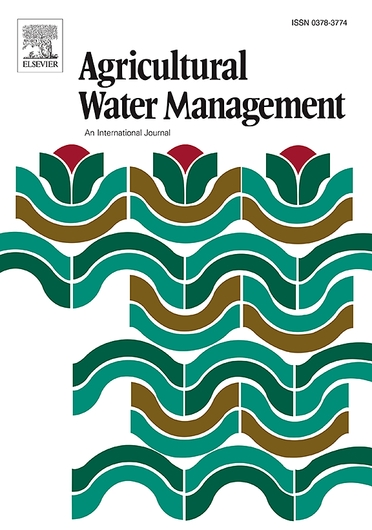Implementing conjunctive management of water resources for irrigation development: a framework applied to the Southern Plain of western Nepal
Abstract
Climate variability and insufficient irrigation are primary constraints to stable and higher agricultural productivity and food security in Nepal. Agriculture is the largest global freshwater user, and integration of surface- and ground-water use is frequently presented as an strategy for increasing efficiency as well as climate change adaptation. However, conjunctive management (CM) planning often ignores demand-side requirements and a broader set of sustainable development considerations, including ecosystem health and economics of different development strategies. While there is generic understanding of conjunctive use, detailed technical knowhow to realize the CM is lacking in Nepal. This article presents a holistic framework through literature reviews, stakeholders consultations and expert interviews for assessing CM and implementation prospects from a systems-level perspective. We demonstrate the framework through a case study in Western Nepal, where climatic variability and a lack of irrigation are key impediments to increased agricultural productivity and sustainable development. Results show that knowledge of water resources availability is good and that of water demand low in the Western Terai. Additional and coordinated investments are required to improve knowledge gaps as well as access to irrigation. There is therefore a need to assess water resources availability, water access, use and productivity, to fill the knowledge gaps in order to pave pathways for CM. This paper also discusses some strategies to translate prospects of conjunctive management into implementation.

